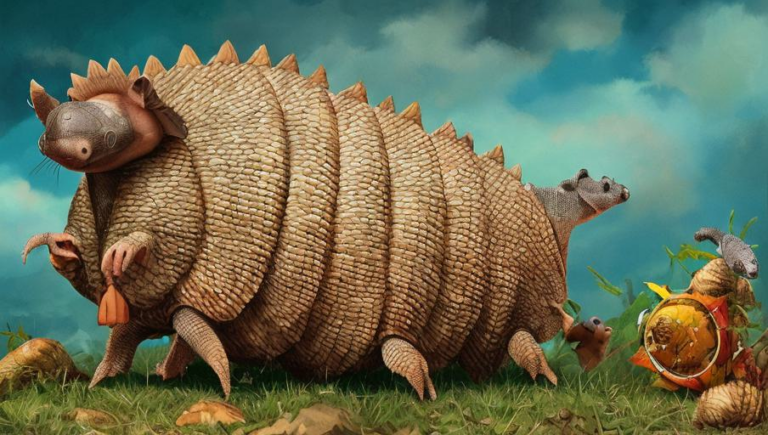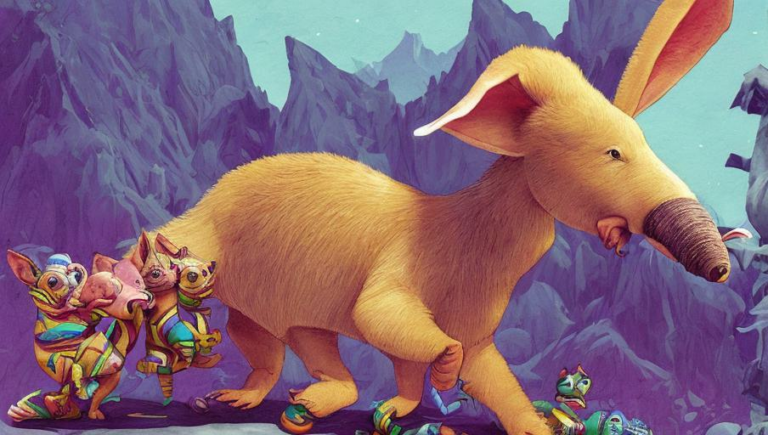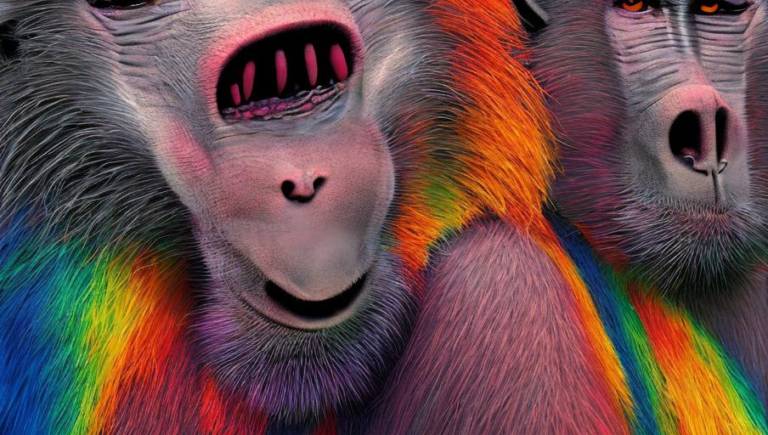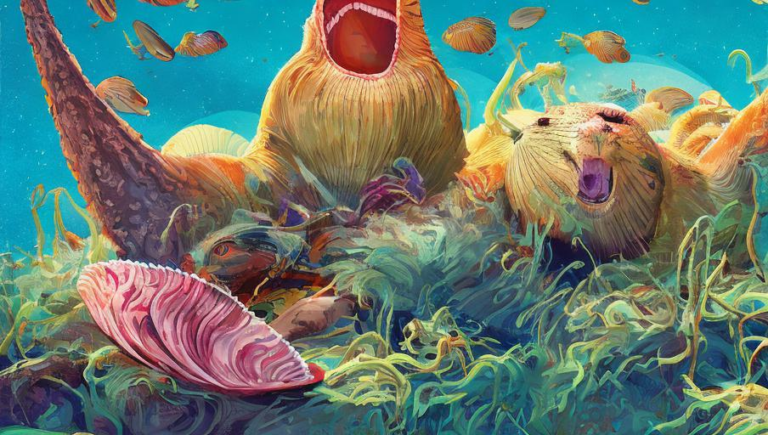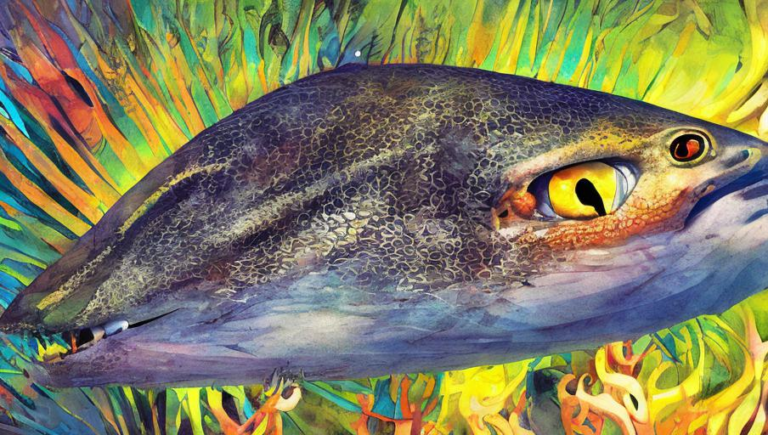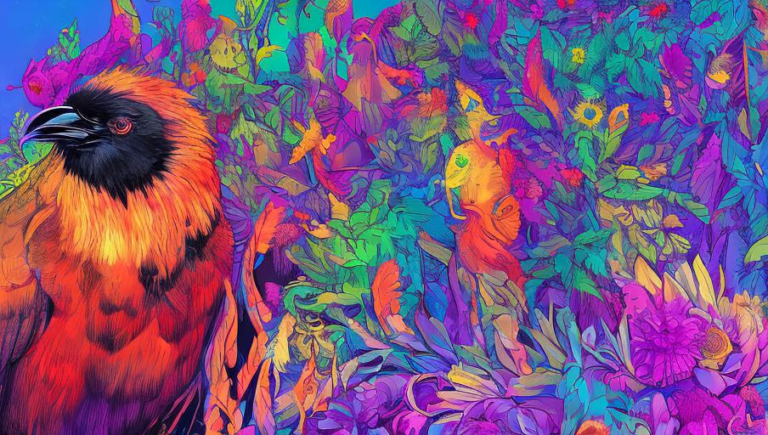A Study of Dunlin Behavior and Interactions
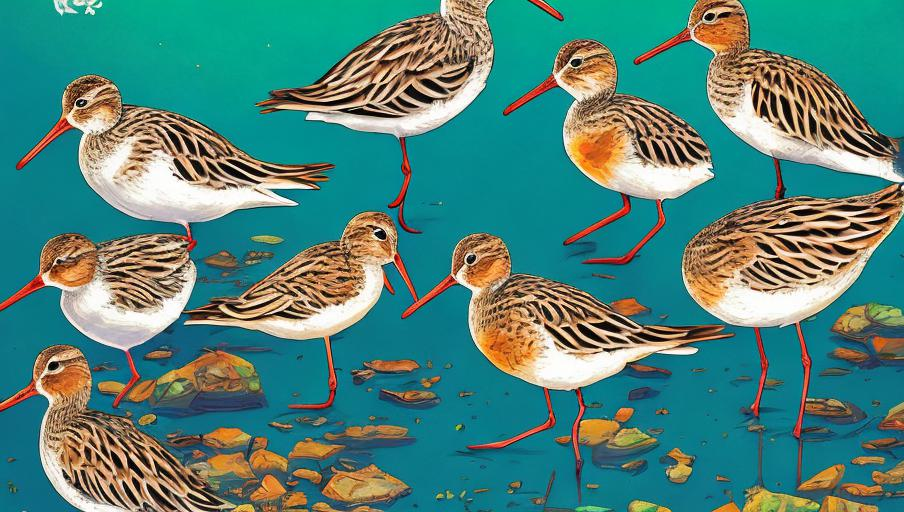
Introduction
The Dunlin is a species of small wading bird found in temperate and Arctic regions of the Northern Hemisphere. It has a wide range that includes much of North America, Europe, and Asia. The Dunlin is a unique bird that has adapted to the changing climates of its environment, allowing it to survive and thrive in a wide range of climates. This adaptability has made it an important species to study, as it can provide valuable insight into how species adapt to changing environments.
Behavior
The Dunlin is an active and social bird. It is often seen in large flocks and is very vocal, making a variety of different calls. It feeds on a variety of small invertebrates, such as insects, worms, mollusks, and crustaceans, which it gleans from the mudflats it frequents. It is also a very agile flyer, able to maneuver around obstacles and make quick turns in the air.
Interactions With Other Species
The Dunlin is known to interact with other species, such as terns, gulls, and other wading birds, when foraging for food. It also has a relationship with other species that can be beneficial to both. For example, the Dunlin will sometimes flock with other species to help ward off predators. This behavior has even been observed in other bird species, such as the Common Tern, which will often flock with Dunlins when foraging.
Predators and Threats
The Dunlin is preyed upon by a variety of predators, including raptors, gulls, and foxes. It is also threatened by habitat loss and pollution, as well as climate change. As many of its habitats are close to human habitation, it is vulnerable to human activities, such as overfishing, hunting, and land reclamation.
Conclusion
The Dunlin is a unique bird that has adapted to a wide range of climates and habitats. It is an important species to study, as it can provide valuable insight into how species adapt to changing environments. It is also a social bird that interacts with other species, which can be beneficial to both. Finally, it is threatened by a variety of predators and human activities, making it a species that needs to be protected.
